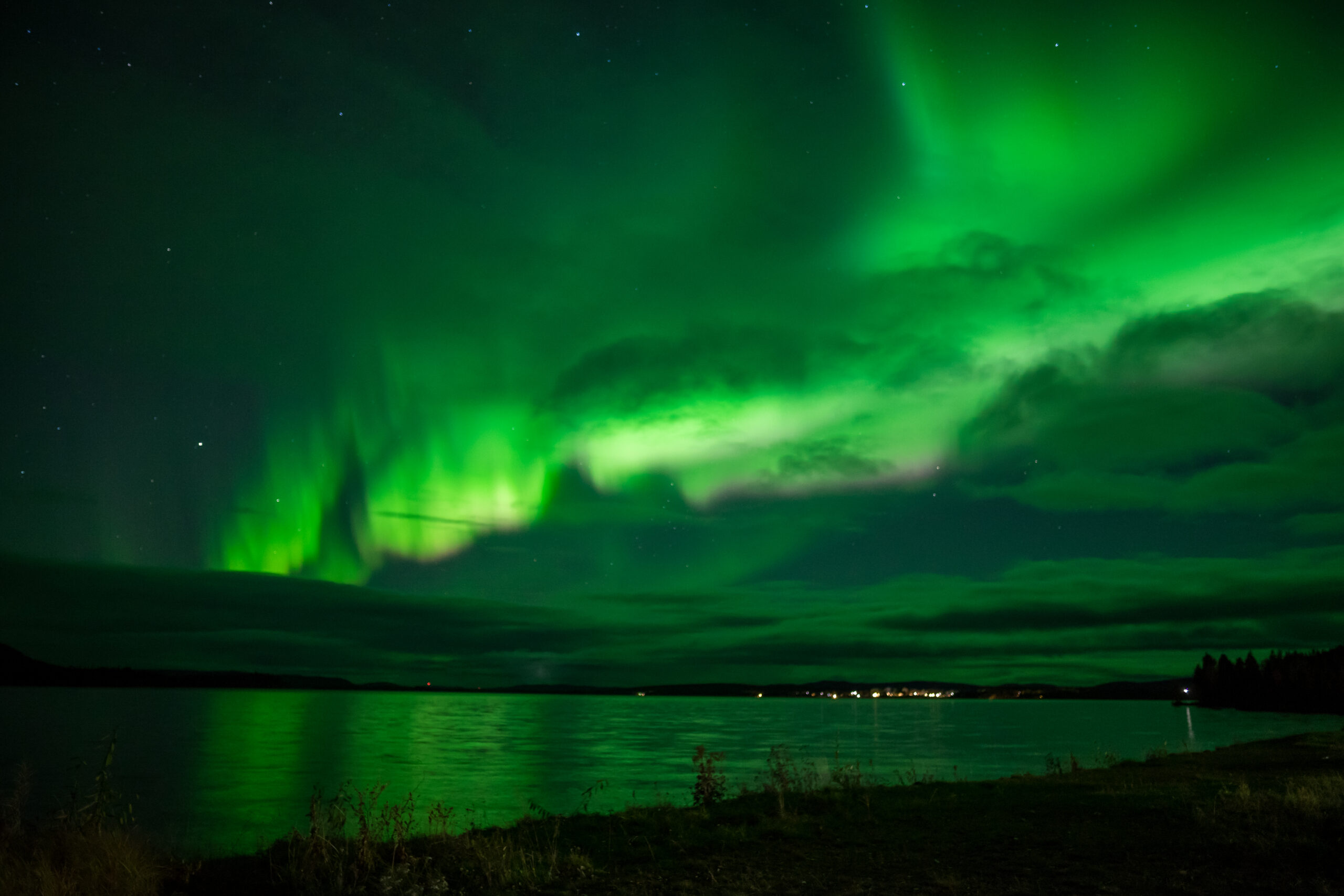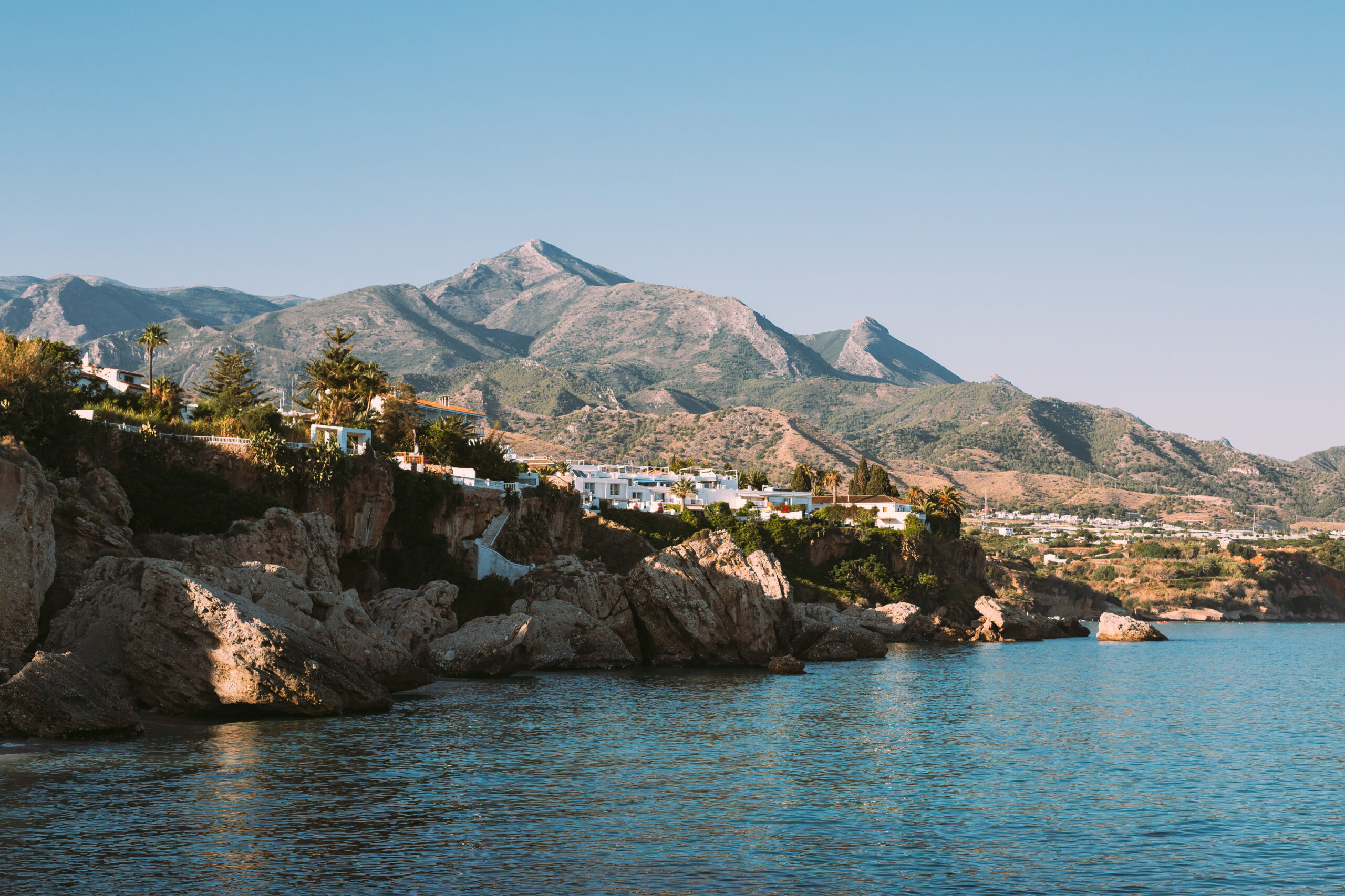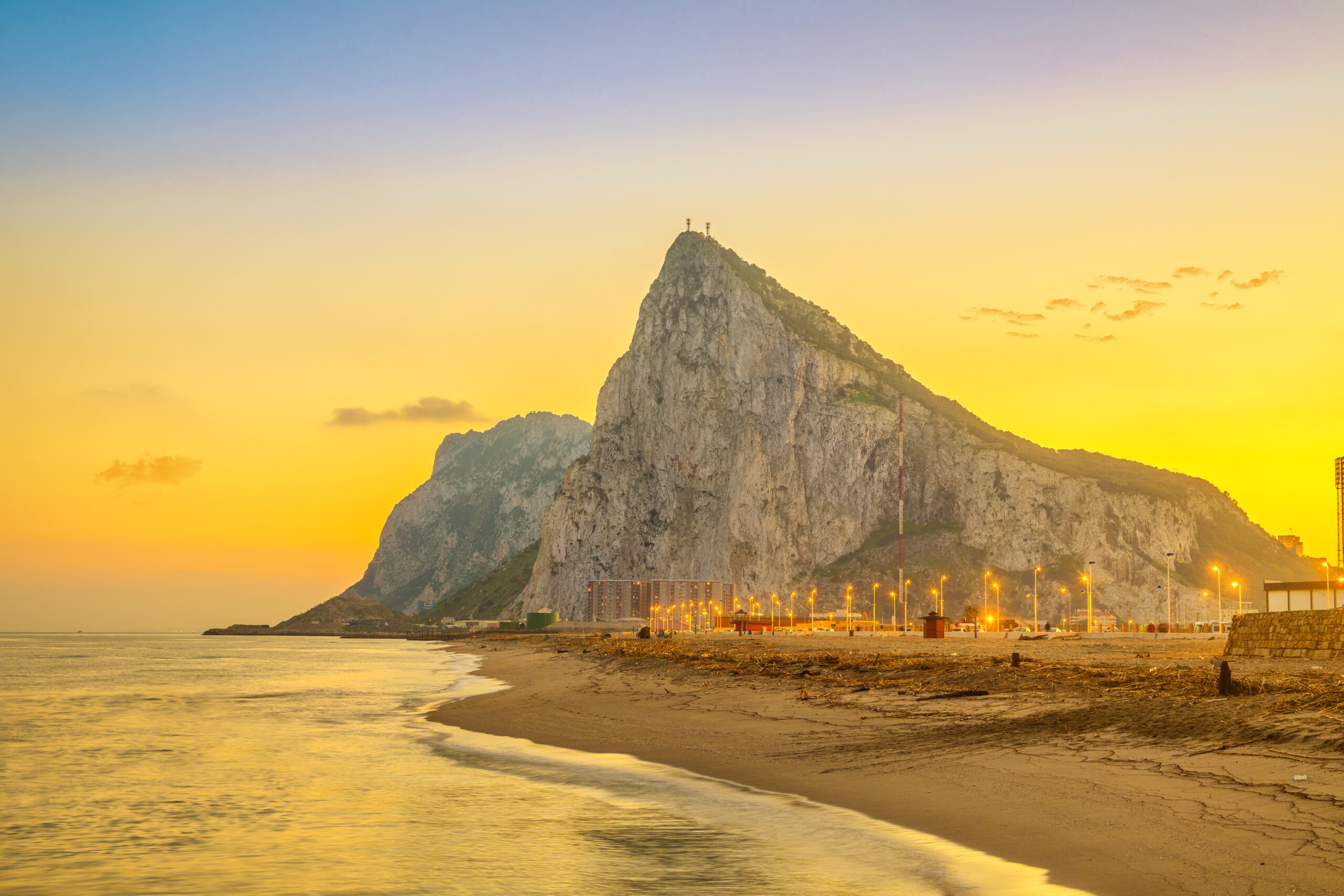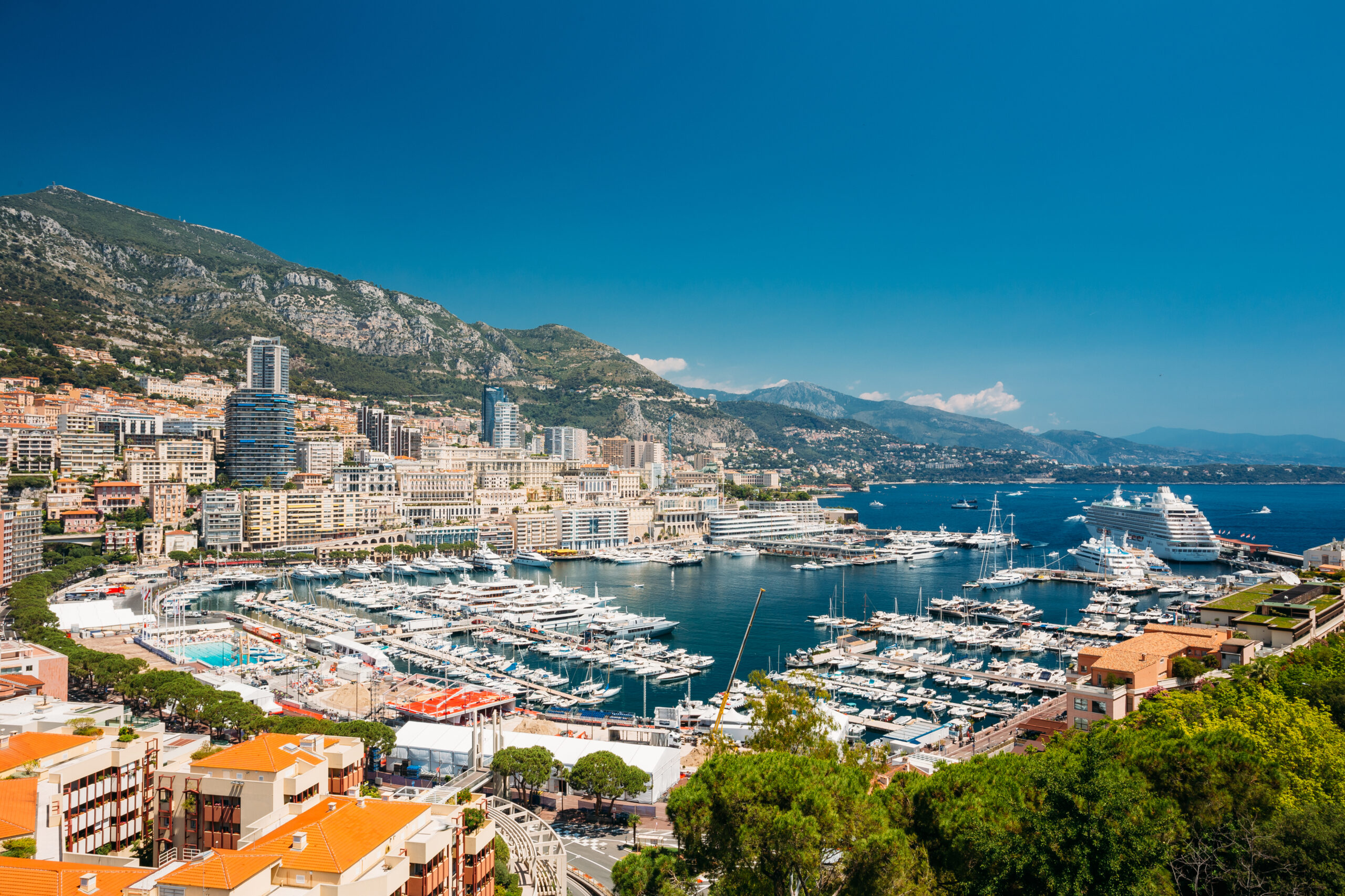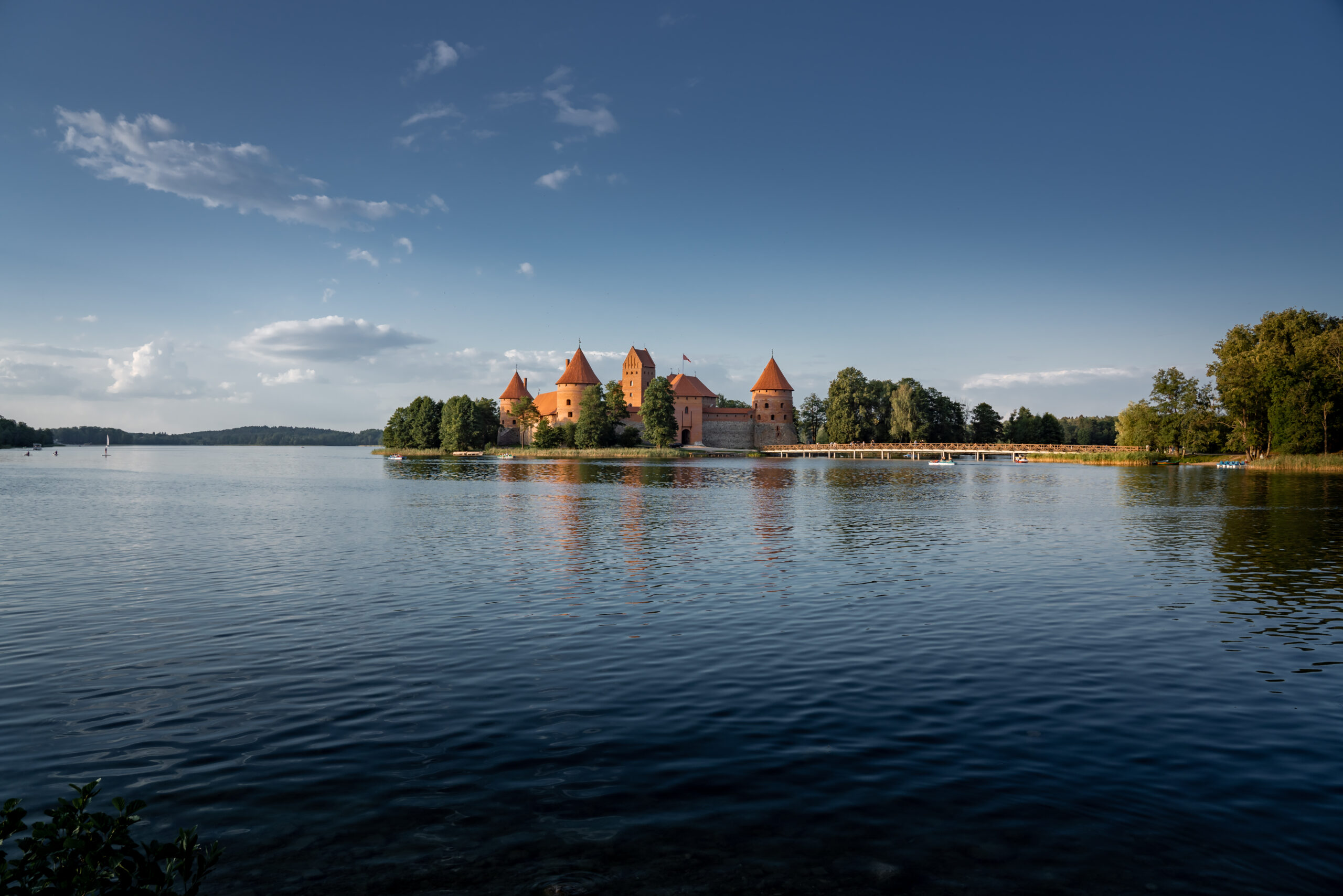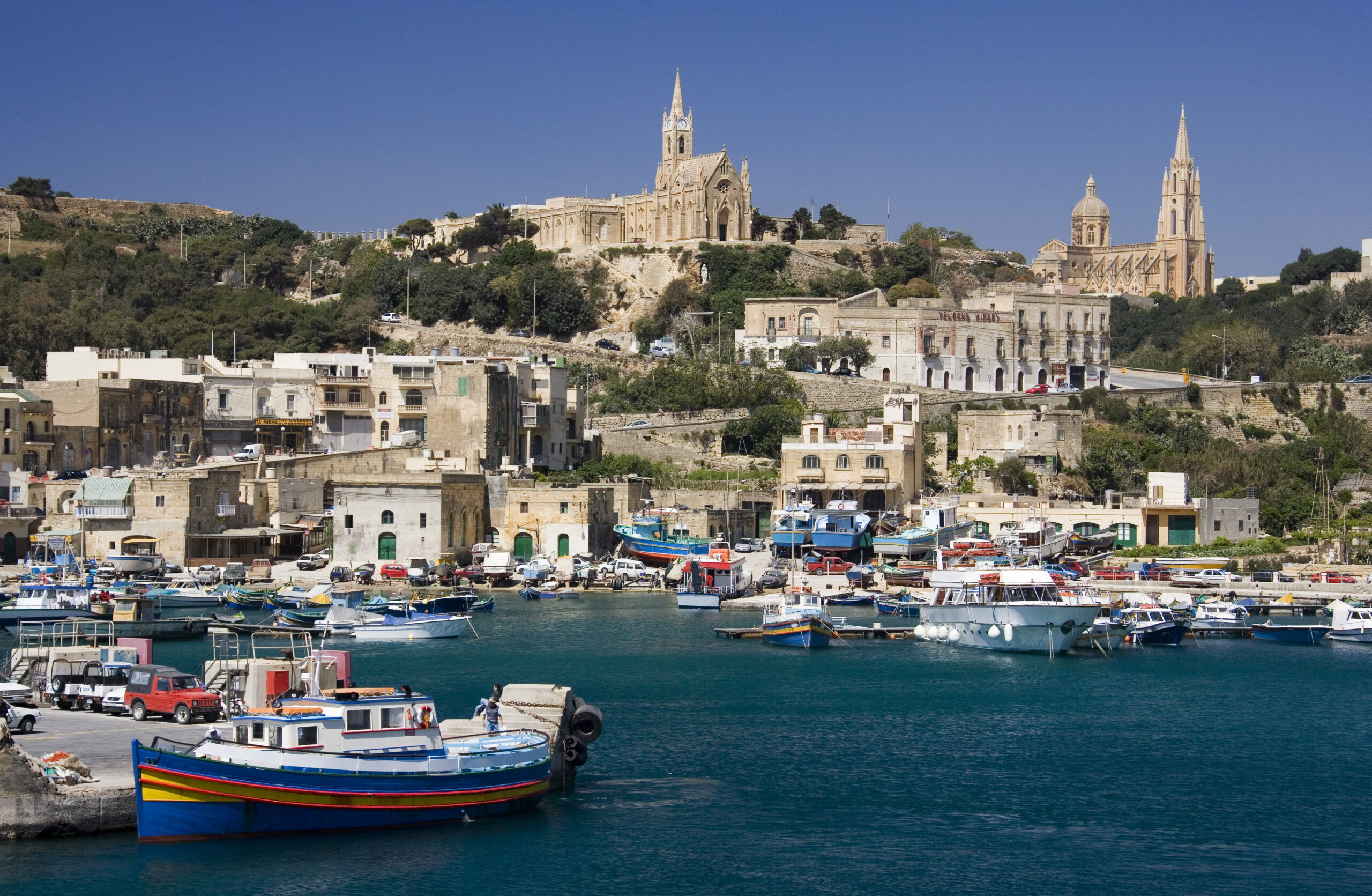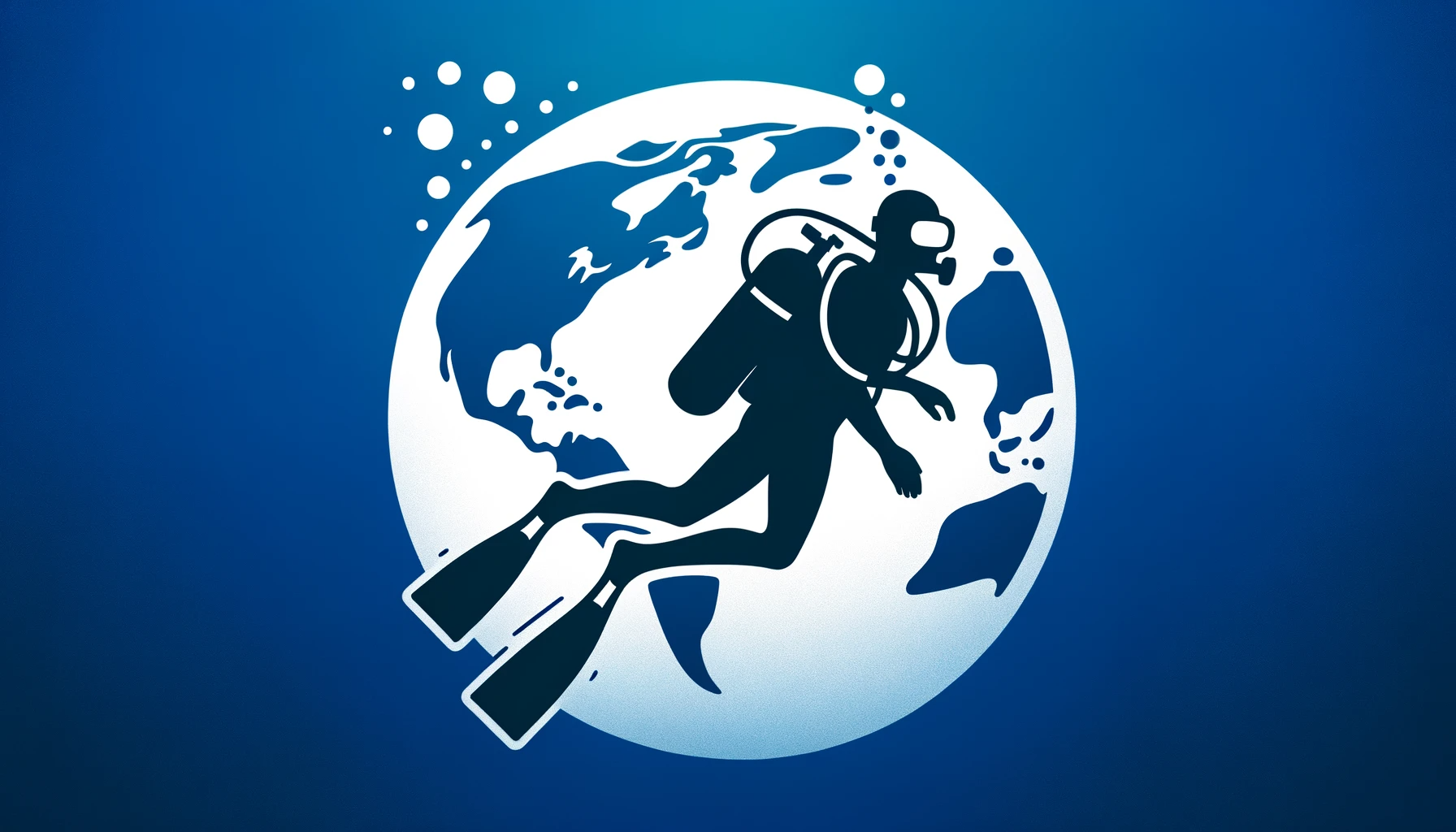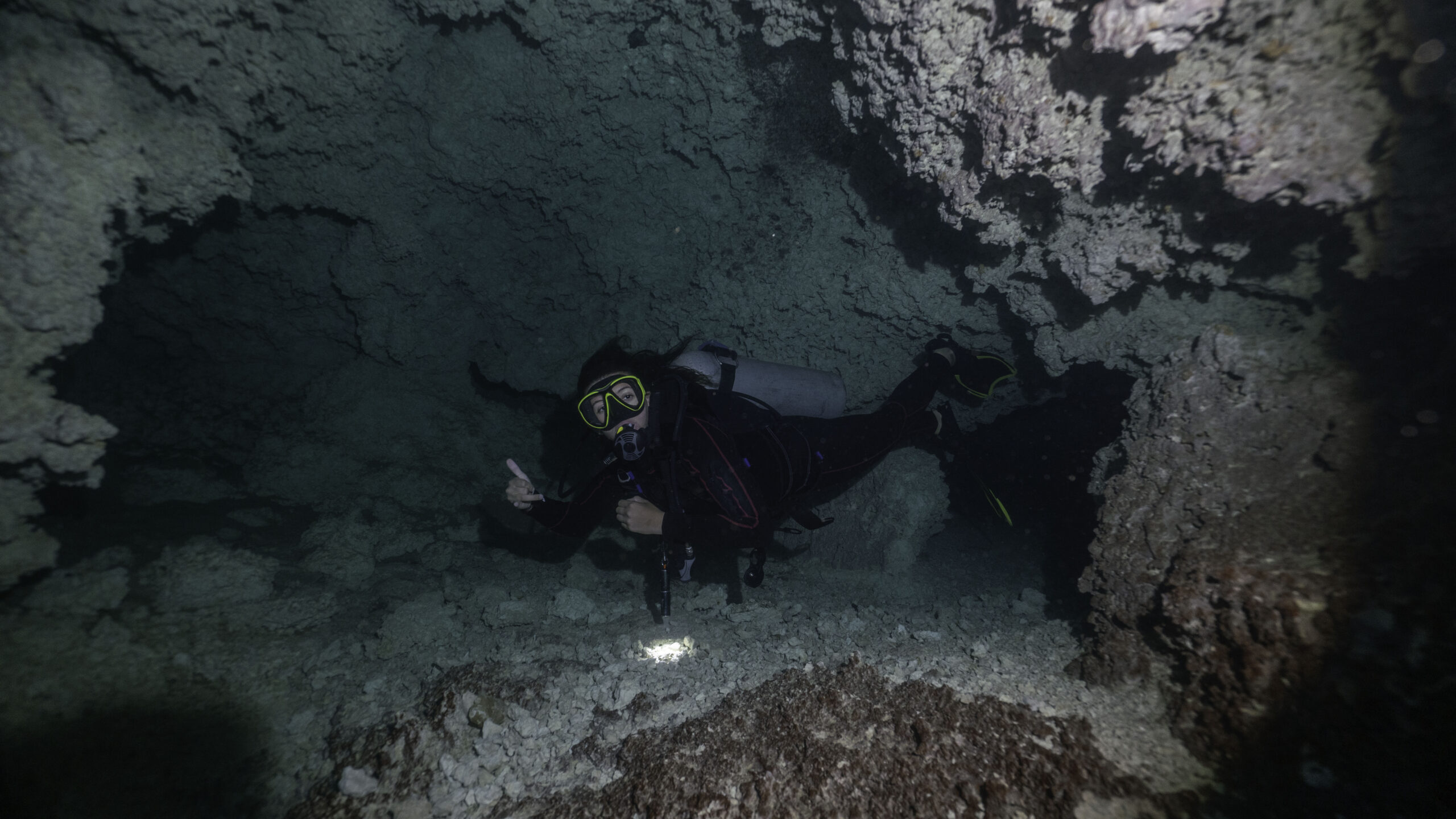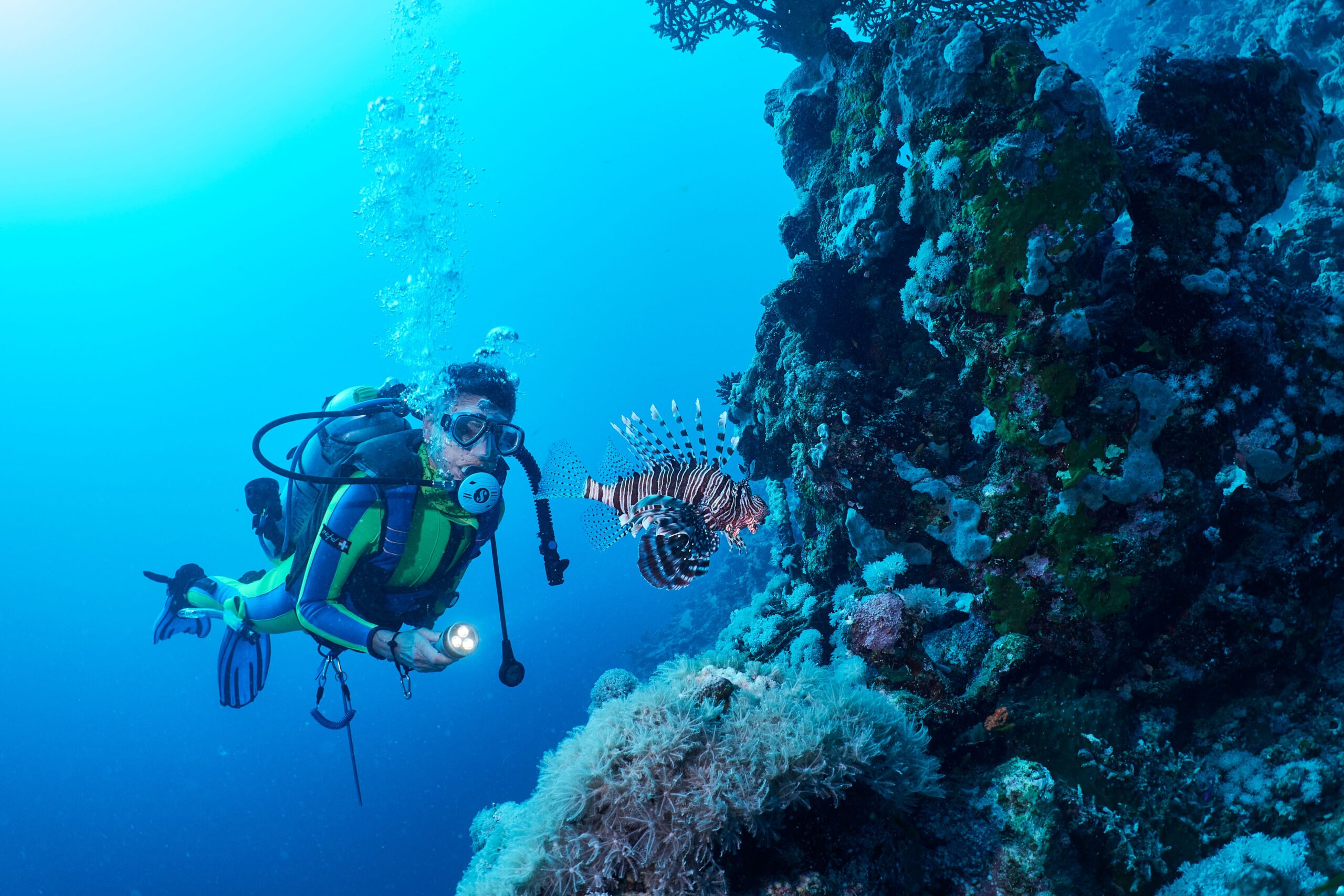SCUBA DIVERS’ TRAVEL GUIDE TO Sweden
Sweden is a fantastic destination for scuba diving, with its pristine and transparent waters providing a diverse array of underwater adventures for both seasoned scuba divers and snorkelers. The country boasts a wide variety of dive sites, from wall dives to shipwrecks, catering to divers of all skill levels. Whether you’re seeking your next thrilling adventure or simply a fun vacation activity, Sweden has something for everyone. So grab your gear and dive in to discover the underwater wonders of this beautiful country.
LOCATION AND GEOGRAPHY
Sweden, a Nordic nation renowned for its dramatic landscapes and rich history, offers a unique scuba diving experience amidst its expansive coastline and myriad of inland lakes. Geographically, Sweden stretches from the Baltic Sea in the east to the North Sea in the west, with the long, craggy coastline of the mainland and the archipelagos of Stockholm, Bohuslän, and Öland providing a diverse range of underwater environments. The country’s position, extending northward into the Arctic Circle, influences the water temperatures, which can be quite cold, necessitating the use of drysuits for most of the year. The clear, brackish waters of the Baltic Sea are home to well-preserved shipwrecks, some dating back to the Viking Age and beyond, while the west coast offers a chance to explore kelp forests and rocky reefs teeming with marine life. Inland, Sweden’s numerous lakes and waterways, including the great Lake Vänern and Lake Vättern, offer freshwater diving opportunities, with visibility that can exceed 20 meters in some areas. The varied geography of Sweden’s underwater terrain promises an adventure for divers seeking both natural and historical treasures beneath the surface.
VISA AND ENTRY REQUIREMENTS
Before embarking on your underwater adventure in Sweden’s captivating dive spots, it’s essential to ensure you have the correct visa and entry requirements sorted. Citizens from the EU/EEA do not require a visa to enter Sweden and can stay for an indefinite period. However, if you’re a non-EU/EEA national, you may need to apply for a Schengen visa, which allows you to travel to Sweden and other Schengen Area countries for up to 90 days within a 180-day period for tourism purposes, including scuba diving. Make sure to check the latest visa requirements based on your nationality well in advance of your trip. Additionally, all travelers should have a passport valid for at least three months beyond their planned departure date from the Schengen Area. Keep in mind that visa regulations can change, so it’s wise to consult the Swedish embassy or consulate in your home country or visit the official Swedish Migration Agency website for the most up-to-date information. With the paperwork in order, you’ll be all set to plunge into the pristine waters of Sweden’s lakes and coastal dive sites.
GETTING TO Sweden
Getting to Sweden for an unforgettable scuba diving adventure is a straightforward journey for travelers from around the globe. The country is well-connected by air, with major international airports such as Stockholm Arlanda, Gothenburg Landvetter, and Malmö Airport serving as primary gateways. These airports offer direct flights from numerous international cities, making access to Sweden’s pristine dive sites relatively easy. For those within Europe, efficient train services and well-maintained highways offer alternative routes, with the option to bring along personal diving gear. Ferry services are also available from neighboring countries like Denmark, Finland, and Germany, providing scenic approaches to Sweden’s rugged coastline. Once in Sweden, a network of domestic flights, trains, and buses enables divers to reach coastal regions and inland lakes where the clear, cold waters await. Whether you’re exploring the historic shipwrecks of the Baltic Sea or the rich marine life in the archipelagos, Sweden’s accessibility ensures that the journey to your underwater excursion is as smooth as the dive itself.
BEST TIME TO DIVE
The best time to scuba dive in Sweden is during the summer months, from late June to August, when the water temperatures are at their warmest, ranging from 10°C to 20°C (50°F to 68°F), and daylight stretches long into the evening due to the country’s northern latitude. Visibility is also at its peak during this period, often exceeding 20 meters in some locations, making it ideal for exploring Sweden’s underwater landscapes, which include historic shipwrecks and vibrant marine ecosystems. Although diving is possible year-round, winter dives require dry suits and tolerance for colder conditions, with water temperatures dropping below 4°C (39°F). For those willing to brave the chill, winter diving offers a unique clarity of water and the chance to experience the eerie tranquility beneath the ice. However, for comfort and accessibility, summer remains the prime season for diving adventures in Sweden’s lakes and along its rocky coastlines.
ACCOMMODATION OPTIONS
In the enchanting realm of Sweden, scuba diving enthusiasts will find a variety of accommodation options to suit their preferences and budgets. From the rugged coastlines of the west to the serene waters of the Baltic Sea, divers can choose to stay in charming coastal cottages, traditional Swedish guesthouses, or modern hotels that cater specifically to the needs of marine adventurers. Many accommodations are strategically located near popular dive sites, offering facilities such as gear storage, drying rooms, and even on-site dive centers for equipment rentals and guided excursions. For a truly immersive experience, some opt for liveaboard boats that navigate through Sweden’s intricate archipelagos, providing direct access to remote and pristine underwater landscapes. Whether you’re looking for the simplicity of a hostel in the bustling city of Gothenburg, the luxury of a seaside resort on the island of Gotland, or the seclusion of a cabin in the High Coast archipelago, Sweden’s accommodations ensure a comfortable and convenient base from which to explore the country’s underwater marvels.
DIVE OPERATORS AND DIVE SHOPS
In the cool, clear waters of Sweden, dive operators and dive shops are your gateway to an underwater world teeming with unique marine life and dotted with historic shipwrecks. From the rugged coastlines of the west to the serene archipelago of the east, Sweden’s dive shops cater to a range of experiences, whether you’re a beginner or an advanced diver. These establishments are known for their high safety standards, quality equipment rentals, and knowledgeable staff who can guide you through the intricacies of diving in colder climates. Many operators specialize in dry suit diving, a must for the Scandinavian waters, and offer PADI or SSI certifications tailored to the local environment. They can arrange dive packages that include boat dives to remote locations, such as the well-preserved wrecks in the Baltic Sea or the rich kelp forests along the Bohuslän coast. With their intimate knowledge of the best dive sites and the seasonal variations in marine life, Swedish dive operators ensure an unforgettable subaquatic adventure in this lesser-known diving gem of Northern Europe.
TRANSPORTATION WITHIN Sweden
In Sweden, transportation options for scuba divers are as varied as the underwater landscapes awaiting exploration. The country’s well-developed public transport network, including trains, buses, and ferries, provides reliable access to coastal regions and islands where many dive sites are located. For those looking to venture to more remote or specific dive locations, renting a car is often the most convenient choice, offering the freedom to transport gear and follow the weather or water conditions. In the summer months, when the Baltic Sea and West Coast are most inviting, divers can also take advantage of domestic flights to reduce travel time to northern dive spots. Additionally, local dive shops and tour operators often arrange transportation as part of their dive packages, which can include boat trips to offshore wrecks and reefs. Always remember to check the local regulations and guidelines for transporting dive tanks and equipment, ensuring a smooth journey to Sweden’s underwater treasures.
CURRENCY AND PAYMENT METHODS
In Sweden, the official currency is the Swedish Krona (SEK), which is the predominant means of transaction for scuba diving services and related activities. Credit and debit cards are widely accepted throughout the country, including at dive shops, resorts, and most boats, with Visa and MasterCard being the most commonly accepted types. However, it’s advisable for divers to carry some cash for smaller purchases, such as snacks at remote dive sites or tips for dive guides, as not all small vendors will have card facilities. ATMs are readily available in urban areas and near tourist hotspots, but less so in secluded dive locations. It’s also worth noting that Sweden is moving towards becoming a cashless society, so digital payments and mobile payment services like Swish are becoming increasingly popular. Always check with your dive operator in advance regarding preferred payment methods, and inform your bank of your travel plans to avoid any card usage issues while abroad.
LANGUAGE AND COMMUNICATION
When diving in Sweden, communication both above and below the surface is typically conducted in Swedish or English, with the latter widely spoken and understood due to the country’s high proficiency in the language. Dive operators and guides are usually fluent in English, making it easy for international divers to discuss dive plans, safety procedures, and equipment. Underwater, divers use the standard hand signals recognized internationally within the diving community to convey messages such as air supply, direction, and identifying marine life. It’s also beneficial to familiarize yourself with a few basic Swedish phrases and dive-related terms as a courtesy to local divers and to enhance your cultural experience. Additionally, Sweden uses the metric system, so depth, distance, and air pressure will be communicated in meters and bars, respectively. Always ensure clear communication with your dive buddy and guide to guarantee a safe and enjoyable dive in Sweden’s captivating underwater environments.
LOCAL CULTURE AND ATTRACTIONS
Sweden, with its rich cultural tapestry and breathtaking natural landscapes, offers a unique scuba diving experience that extends beyond the underwater realm. After exploring the country’s cold but clear waters, which are home to an array of marine life and intriguing wrecks, divers can immerse themselves in the local culture by visiting historic cities like Stockholm, Gothenburg, and Malmö. The country’s Viking heritage is palpable, with museums and rune stones dotting the landscape, telling tales of ancient warriors and seafarers. Midsummer celebrations light up the Swedish calendar, where locals and visitors alike dance around maypoles and indulge in traditional fare such as pickled herring and new potatoes. The picturesque countryside, dotted with red wooden cottages and serene lakes, offers a peaceful retreat, while the Northern Lights provide a spectacular natural display in the winter months. Whether it’s through savoring a fika (coffee break) with a cinnamon bun in a cozy café or exploring the cobblestone streets of Gamla Stan, Sweden’s local culture and attractions enrich the scuba diving adventure with memories that linger long after the dive gear is packed away.
CULTURAL ETIQUETTE AND TIPS
When scuba diving in Sweden, it’s important to embrace the local customs and etiquette to ensure a respectful and enriching experience. Swedes value personal space and environmental conservation, so be mindful of your surroundings and maintain a clean dive site, as littering is severely frowned upon. It’s customary to greet dive operators and fellow divers with a friendly ‘hej’ (hello) and a handshake, and punctuality is highly regarded, so arrive on time for your dives. While Swedes are proficient in English, attempting a few phrases in Swedish can be a sign of respect and is often appreciated. After your dive, it’s not uncommon to relax in a sauna, where the etiquette is to be quiet and contemplative. Remember to dress modestly when not in diving gear, as ostentatious displays are not in keeping with the Swedish preference for simplicity and understatement. Lastly, tipping is not mandatory, but if you receive exceptional service, a modest tip is a kind gesture that acknowledges the effort of your guides or crew.
LOCAL LAWS AND REGULATIONS RELEVANT TO TOURISTS
When planning a scuba diving trip to Sweden, it is essential to acquaint yourself with the local laws and regulations to ensure a safe and lawful experience. Sweden requires that all divers carry a valid diving certification from a recognized organization, and it is mandatory to dive with a buddy for safety reasons. The country enforces strict environmental laws to protect its aquatic life; hence, interacting with or disturbing marine flora and fauna, such as the delicate cold-water corals and historical shipwrecks, is prohibited. Divers should be aware of the ‘Right of Public Access’ (Allemansrätten) law, which allows the freedom to explore and enjoy natural spaces, but with the responsibility to leave no trace. Additionally, diving in some areas may require special permits, especially in protected marine parks or near military zones. It is also important to note that the use of dive flags is compulsory to alert boats of the presence of divers below. Before diving, check with local dive shops or authorities for the most current information on regulations, as well as any site-specific rules that may apply.
SAFETY TIPS AND EMERGENCY CONTACTS
When diving in Sweden’s often chilly and sometimes challenging waters, safety must be your paramount concern. Always ensure that you are well-acquainted with the local diving conditions, including water temperature, visibility, currents, and marine life. It is imperative to have appropriate thermal protection, such as a dry suit, and to be certified to use it. Dive within your certification limits and experience, and never dive alone—utilize the buddy system. Keep your dive plan conservative, and always carry a surface marker buoy (SMB) to signal your position when surfacing. Familiarize yourself with the local emergency procedures and have the contact information for the nearest hyperbaric chamber on hand; in Sweden, the national emergency number is 112, which can be used to reach medical assistance and coordinate a response to diving accidents. Additionally, it’s wise to have the contact details for DAN Europe (Divers Alert Network), which provides emergency medical advice and assistance for divers in Europe. Before embarking on your underwater adventure in Sweden, double-check that your dive insurance is valid and covers hyperbaric treatment, as this can be crucial in the event of a diving-related injury.
HEALTH AND TRAVEL INSURANCE
When planning a scuba diving trip to Sweden, it is crucial to consider your health and travel insurance coverage. Sweden’s pristine waters offer unique diving experiences, including wreck dives and encounters with marine life in the Baltic Sea, but it’s important to be prepared for any unforeseen circumstances. Ensure that your travel insurance includes comprehensive medical coverage, as well as specific provisions for scuba diving activities, which are often considered high-risk and may not be covered under standard policies. Check that your policy covers hyperbaric treatment and medical evacuation, should you suffer from decompression sickness or other dive-related injuries. Additionally, it’s wise to verify that your insurance is accepted by local healthcare providers in Sweden. Remember to carry proof of your insurance and any necessary health documents with you at all times. By securing the right insurance, you can dive into Sweden’s underwater marvels with peace of mind, knowing you’re well-protected against potential health and travel mishaps.

